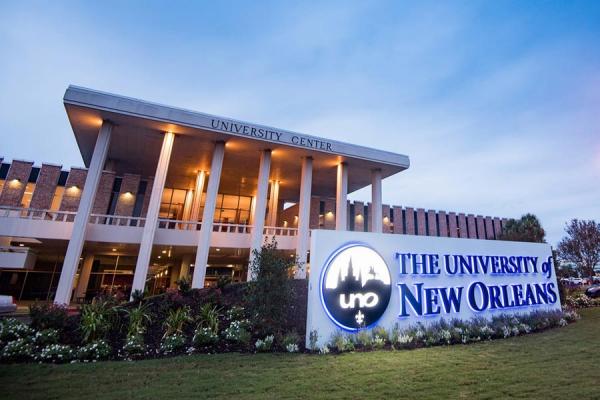Egyptologist Speaks at UNO
Eight days before Halloween, the University of New Orleans plays host to a talk by a renowned local Egyptologist who will unveil a local collection of prehistoric Egyptian mummies, coffins, cartonnages, papyrus and other artifacts.
The artifacts were brought to the U.S. in the 1800s and have been sitting in storage at Tulane University ever since, said UNO Professor of Archaeology Juana Ibanez, who offered to host the talk for fellow archaeologists in the Delta Chapter of the Louisiana Archeological Society. The collection has been recently restored and tonight Tulane Professor Melinda G. Nelson-Hurst will speak to archaeologists about what they can expect to see and when the collection will be open to the public.
Nelson-Hurst's talk, "Digging in Museums and Archives: Recontextualizing Tulane University's Egyptian Collection," is just the beginning, said Ibanez, who plans to host similar talks for local archaeologists and the UNO community this winter.
"It's always good for the archaeologists in the region to know what resources are nearby for study," said Ibanez, who believes the collections hold interest for the greater New Orleans community and the region. "It gives you a glimpse of the world's prehistory. People don't know too much about what happened back in time."
Ibanez is encouraging UNO students to attend not only to learn about Egyptian history, but to provide their brains a productive break during mid-terms, she said. Giving the brain a rest from analyzing and memorizing data by switching focus to another educational topic, allows the brain to unconsciously reset itself and be better prepared for learning the following morning.
"If you can separate from your obligations for just a brief amount of time, when you get back to them, this type of entertaining information...ends up making you more productive," she said. "There is something to be said for just sparking your curiosity as well."
During the 1840s and 1850s, a man named George R. Gliddon toured the United States, presenting a glimpse into the world of ancient Egypt, according to informational materials prepared by Nelson-Hurst. A number of the artifacts Gliddon used for his tour and two of the four mummies that he unwrapped have resided at Tulane University since the 1850s.
"This collection has remained relatively unknown to the public and scholars alike, especially since it was removed from public display in the middle of the twentieth century," said Nelson-Hurst and her team. "Despite their sensational past – including (residence) in a football stadium – and some relatively recent anthropological research, little has been known about the mummies, coffins, cartonnages and papyrus in the collection."
A new research project using Egyptological approaches, paleopathological examination of the human remains and information from archives and nineteenth-century printed materials aims to solve some of the many questions surrounding the collection, said Nelson-Hurst. Research will address the items' date, provenance and ownership in ancient times, as well as address how the collection came to America and found a home in New Orleans and where related items from Gliddon's collection reside today.
Tonight's talk will include an overview of the collection's history and future plans—and reveal the project's latest research findings, said Nelson-Hurst.
"This is kind of neat. It's a treasure that they have and they're going to share about it," said Ibanez.





